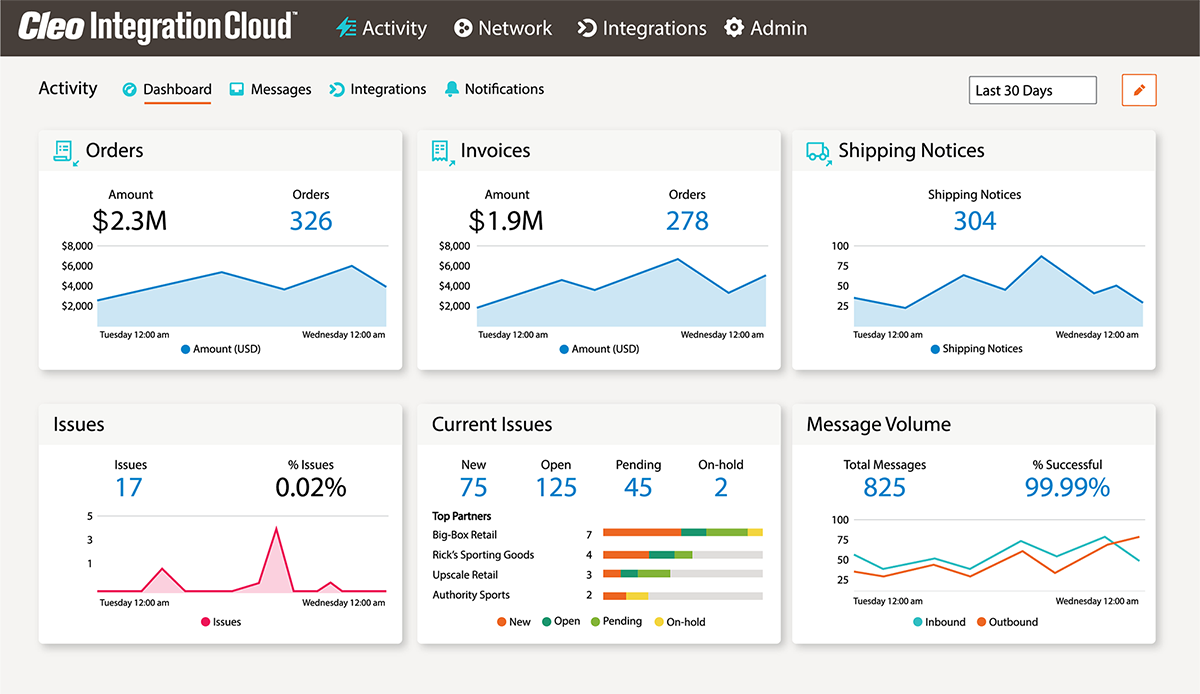Blog: The Evolution of Data Integration: Don't Get Left Behind

Cleo recently hosted a webinar with Forrester Research analyst Stefan Ried outlining the evolution of integration and offering strategies for a modern enterprise to evolve with it. Data flows and data integration have become much more complex as companies maneuver to offer comprehensive solutions to business environments that now rely heavily on collaboration, file sharing, and cloud services. Many of these data integration and sharing innovations are resulting from businesses adapting to meet customer needs.
The “Age of the Customer,” according to Forrester, is really about making the customer happy. Thus, many leading organizations have gone from traditional business ecosystems to a hybrid cloud environment, transforming the customer experience to include mobile and social platforms in an effort to deliver a full e-commerce event.
All of this is affecting the setup of technology. Is your business’s infrastructure set up to deliver everything customers are demanding? If not, it’s high time for new and modern strategies to keep up with the evolution of data integration.
According to Forrester, 34% of enterprises plan hybrid deployment of business applications, but there are a multitude of ways to integrate with the cloud — direct APIs, on-premise or cloud ESBs, SaaS APIs, etc. Cloud structure, different systems of engagement, big data, collaboration, banking, logistics, partners — all of these things pose data integration challenges today and often become quite an undertaking for CIOs.
Those companies that consolidate their infrastructure are taking a step into the future. Some basic tips for finding the right solution:
- Do your homework: There’s nothing more expensive than free software that requires expensive consulting services. This helps reduce and contain the total cost of integration (TCO).
- Understand ease of use: Training to use an integration solution shouldn’t take weeks and months to understand. Get good references and understand the vendor support.
- Flexibility matters: Pick tools that support multiple integration capabilities on-premise and in the cloud. The fact is, your integration will be hybrid in some form for the time being.
One last point of interest illustrated during the webinar is how much today’s suppliers and manufacturers innovate together. It’s continuous, and often collaborative. You have to be ready and agile for the next big thing to keep up with the constantly evolving business landscape.

About Cleo
